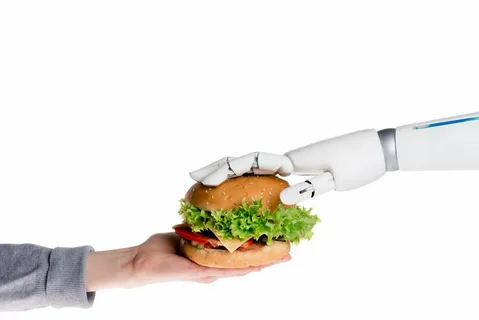1. Introduction
The Educational Revolution: Exploring Virtual Reality’s Role in Learning
Virtual Reality (VR) has transcended entertainment, carving a niche in education and training. This article delves into the transformative impact of VR on learning experiences, its applications in various educational settings, and the potential it holds for revolutionizing traditional teaching methodologies.
2. Understanding Virtual Reality in Education
Beyond Immersive Entertainment
Virtual Reality in education goes beyond the realm of immersive entertainment. It leverages computer-generated environments to simulate real-world experiences, offering learners a dynamic and interactive way to engage with educational content. The goal is to enhance understanding, retention, and practical application of knowledge.
Immersive Learning Environments
VR creates immersive learning environments where learners are not passive recipients but active participants. Whether exploring historical landmarks, dissecting virtual organisms, or practicing real-world skills in a simulated environment, VR fosters experiential learning that goes beyond traditional classroom methods.
3. Applications of Virtual Reality in Education
Virtual Field Trips
One of the standout applications of VR in education is virtual field trips. Students can embark on journeys to historical sites, natural wonders, or even outer space, all from the confines of the classroom. This virtual exploration enriches learning experiences, making subjects come alive in a way that textbooks cannot.
Practical Simulations in STEM Education
In Science, Technology, Engineering, and Mathematics (STEM) education, VR offers practical simulations. Whether conducting virtual chemistry experiments, exploring physics principles through interactive modules, or solving engineering challenges in a simulated environment, students gain hands-on experience in a risk-free setting.
4. Advantages of Virtual Reality in Learning
Enhanced Engagement and Retention
VR captivates learners through immersive experiences, fostering higher engagement and information retention. The multisensory nature of VR, involving sight and sound, enhances memory recall, making it an effective tool for reinforcing complex concepts and theories.
Personalized Learning Paths
Virtual Reality allows for personalized learning paths. Learners can progress at their own pace, revisiting challenging concepts or accelerating through familiar material. This adaptability caters to diverse learning styles and ensures that each student receives a customized educational experience.
5. Implementing Virtual Reality in Training Programs
Corporate Training and Professional Development
Beyond traditional education, VR is revolutionizing corporate training and professional development. From simulated job environments for hands-on training to virtual leadership seminars, businesses utilize VR to enhance employee skills and prepare them for real-world scenarios.
Medical Training Simulations
In the field of medicine, VR offers realistic training simulations. Medical students and professionals can practice surgeries, diagnose patients, and navigate complex medical procedures in a virtual setting. This immersive training methodology bridges the gap between theory and practical application.
6. Challenges and Considerations in VR Education
Infrastructure and Accessibility
Implementing VR in education poses challenges related to infrastructure and accessibility. Not all educational institutions have the necessary hardware or resources for widespread VR adoption. Ensuring equitable access requires addressing these infrastructure hurdles.
Content Development and Integration
Creating quality VR content tailored to educational objectives requires significant investment and expertise. Educators must navigate the challenges of content development, ensuring alignment with curricular goals and seamless integration into existing educational frameworks.
7. Future Trends and Developments in VR Education
VR as a Standard Educational Tool
The future holds the promise of VR becoming a standard educational tool. As technology advances and becomes more accessible, VR is likely to play an integral role in shaping the future of learning across diverse subjects and educational levels.
Collaborative VR Learning Environments
Future developments may see the emergence of collaborative VR learning environments. Students from different parts of the world could connect in shared virtual spaces, fostering global collaboration and cultural exchange in the pursuit of knowledge.
8. Conclusion
In conclusion, Virtual Reality in training and education represents a paradigm shift in how we approach learning. From immersive experiences that transport students to new worlds to practical simulations that prepare professionals for real-world challenges, VR is reshaping the educational landscape. While challenges exist, the potential for revolutionizing the way we learn and train is vast, making VR an exciting frontier in education.
FAQs
- How does Virtual Reality enhance engagement in education?
- Virtual Reality enhances engagement in education by providing immersive experiences that captivate learners. The multisensory nature of VR, involving sight and sound, fosters higher engagement and information retention. This makes it an effective tool for reinforcing complex concepts and theories.
- What challenges does VR face in education implementation?
- VR implementation in education faces challenges related to infrastructure and accessibility. Not all educational institutions have the necessary hardware or resources for widespread VR adoption. Content development and integration into existing educational frameworks are also challenges that need to be addressed for successful implementation.

